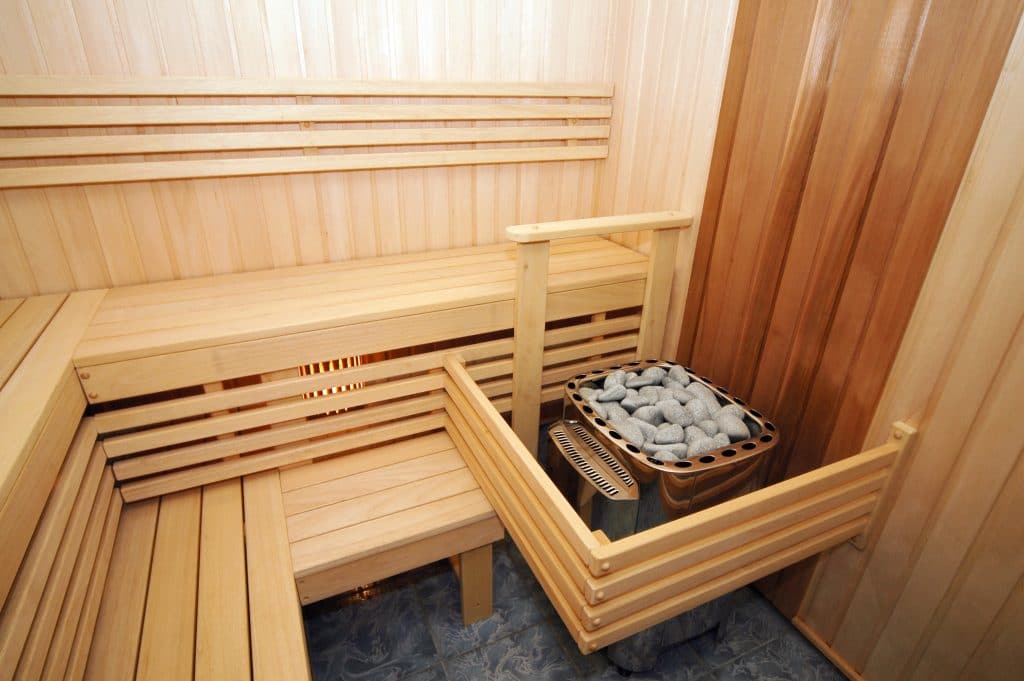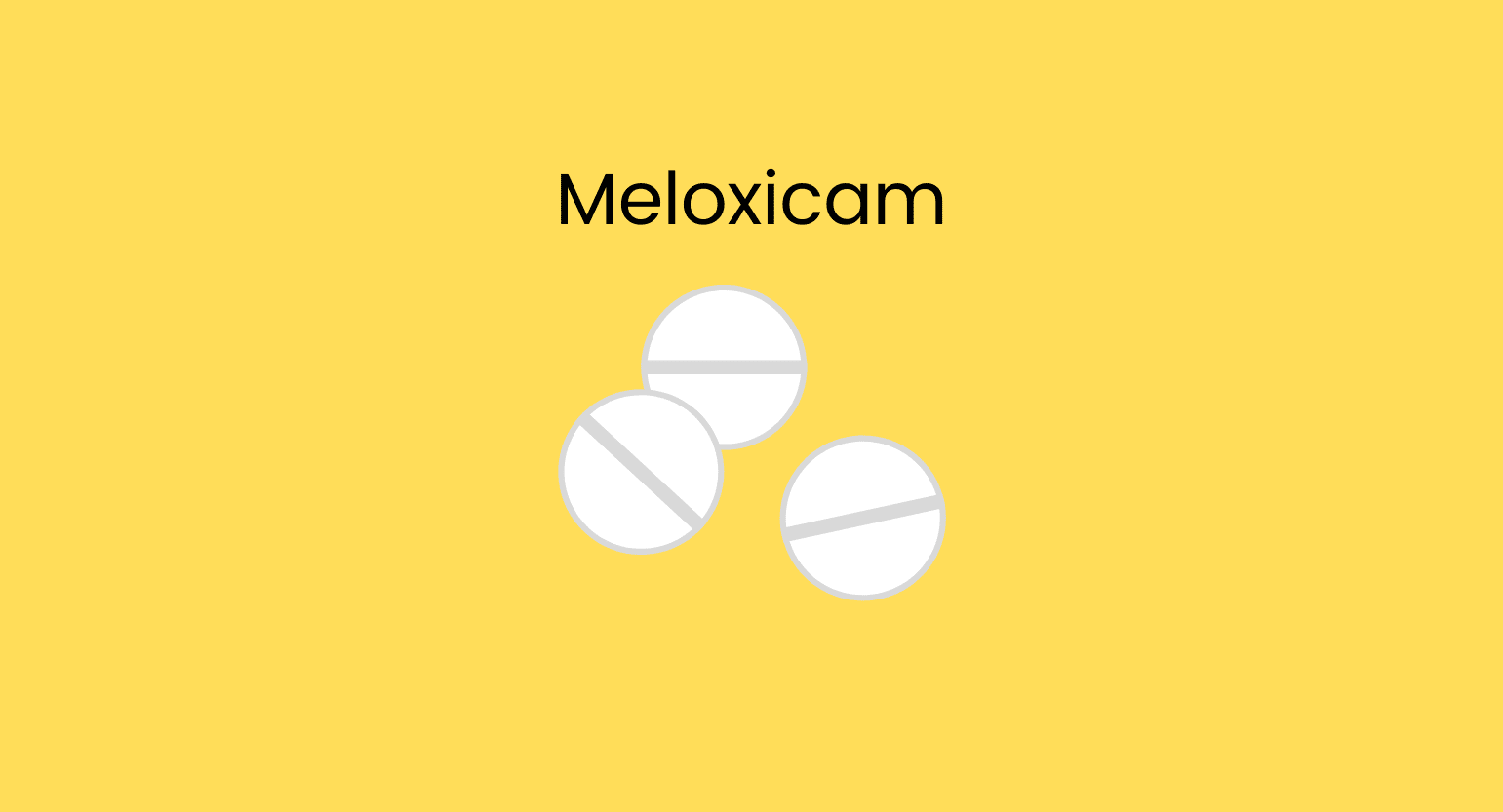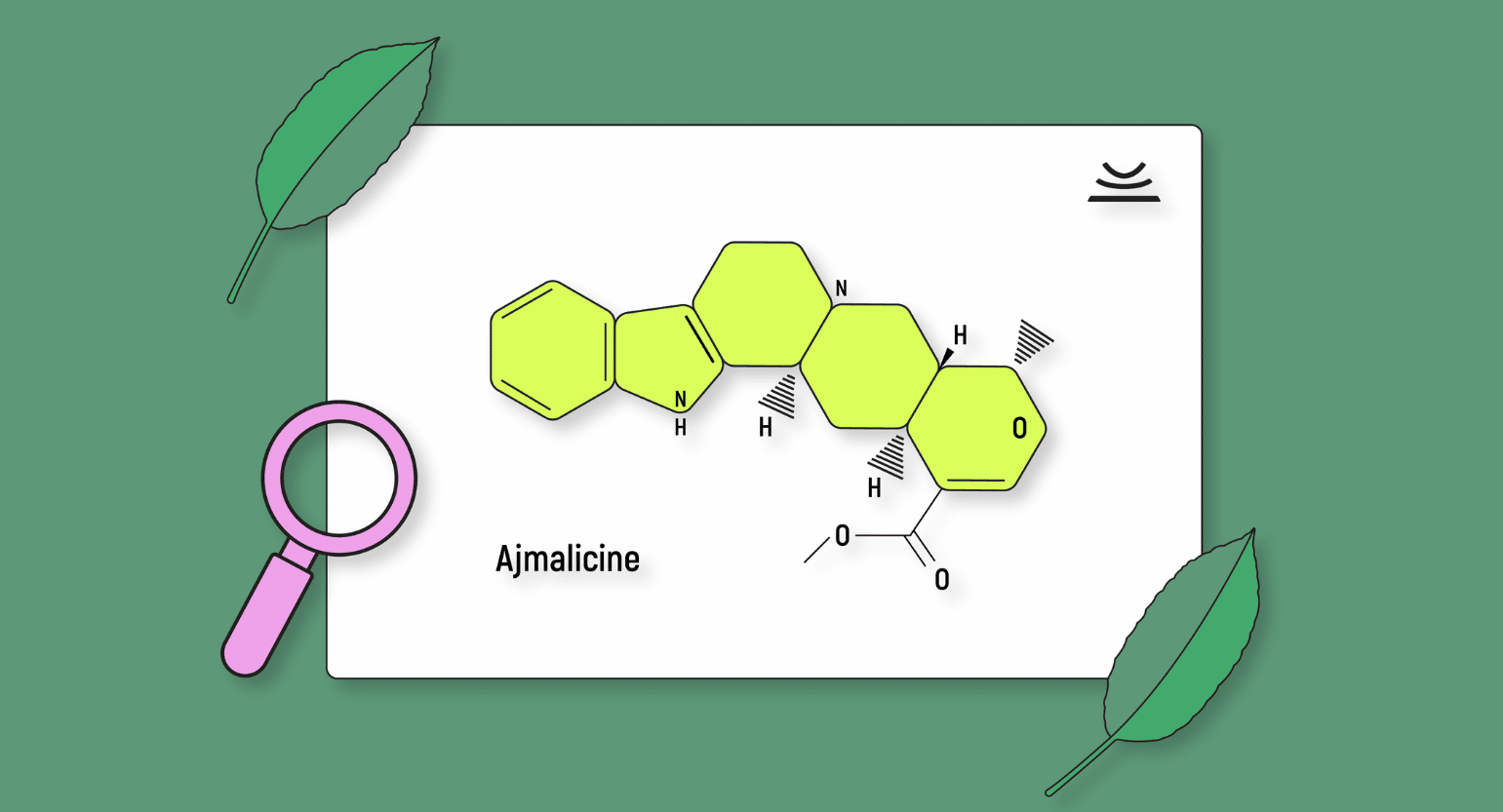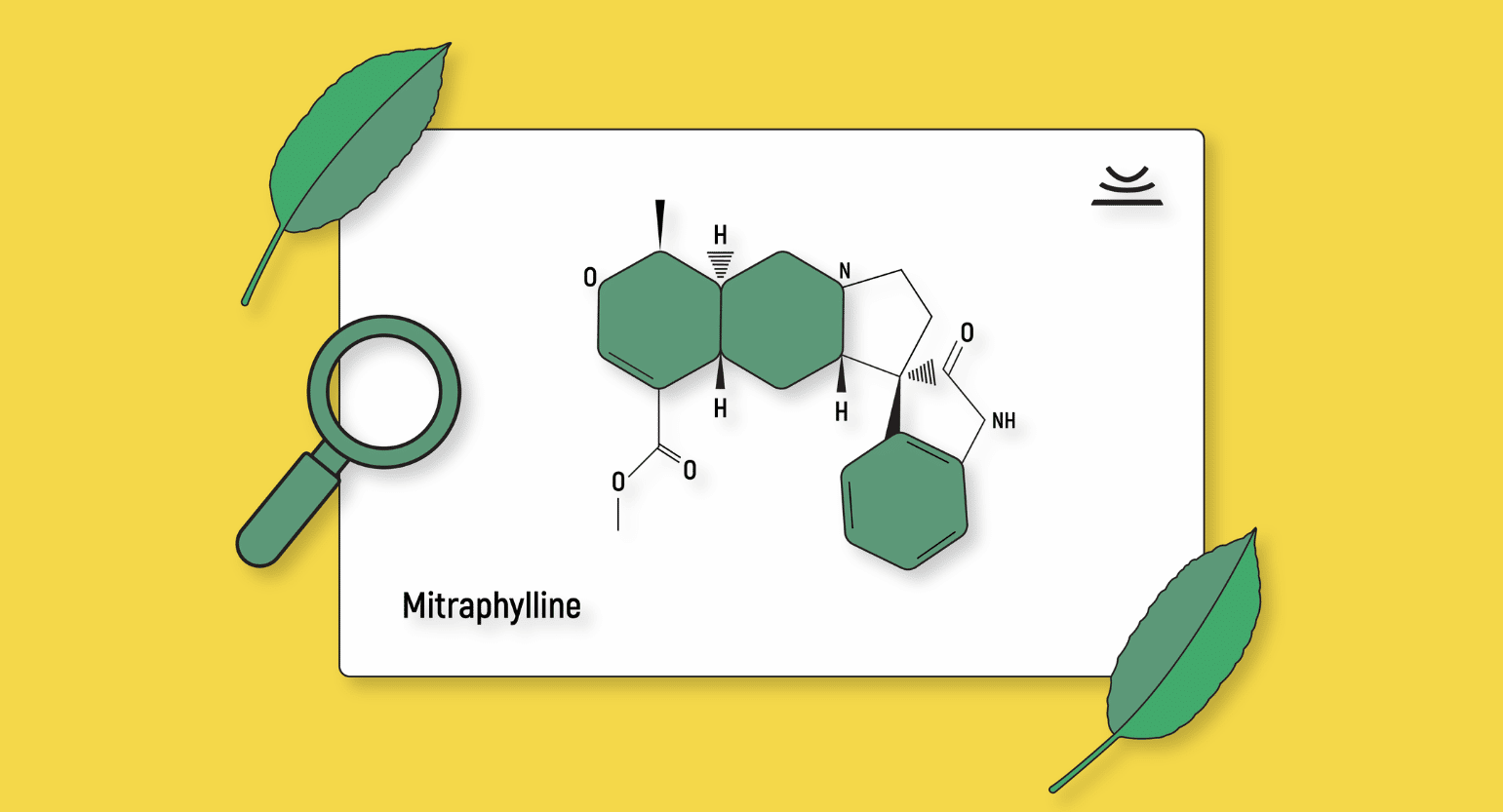What Is Cold Therapy?
Also known as cryotherapy, cold therapy reduces blood flow to a targeted area, relieving the inflammation and swelling that causes pain. It can also temporarily calm nerve activity.
However, cryotherapy is not for everyone. People with sensory disorders, who cannot perceive certain sensations, should not use this therapy. The cold can cause damage to the skin, but they may not be able to detect it.
How to Apply Cold Therapy
For the best results, apply the cold treatment as soon as possible after the injury.
You can apply an ice pack wrapped in a towel or bathe the affected area in cold water. Ensure that the ice does not make direct contact with your body for long, as it can burn your skin tissue — no more than 10 to 15 minutes.
Here are different ways to apply cold therapy to an affected area:
- Coolant sprays
- Ice baths
- Ice massage
- Ice packs or frozen gel packs
Risks of Treating Pain With Cold
If you have a sensory disorder, we recommend avoiding cold therapy, as you will not detect when the ice is hurting you.
Also, applying the cold therapy for very extended periods may result in frostbite, which could have serious consequences.
If the pain continues after 48 hours, we recommend seeing a doctor and avoiding other home treatments.

What Is Hot Therapy?
Heat therapy is simply applying heat to an injured or sore area. The increase in temperature helps improve circulation and blood flow in a particular area. Therefore, heat therapy can relieve discomfort and increase muscle flexibility. In addition, it can relax and soothe muscles and heal damaged tissues.
How to Apply Hot Therapy
Unlike cryotherapy, heat therapy is most beneficial when used over a long period. You can opt for local, regional, or total heat treatment.
If you suffer from minor pain, we recommend treating it with local therapy: hot gel packs or a hot water bottle. In only 15 to 20 minutes, you will feel relief.
To treat more generalized pain, go for regional treatment — for example, with a steamed towel, a large heating pad, or heat wraps.
For the more severe cases, we recommend total or whole-body treatment. For example, a good hot soak in the bath or a long sauna session until the pain is relieved — it usually disappears within 30 minutes to two hours.
Here are different ways to apply hot therapy to an affected area:
- Convection heat: This method is effective and quick and includes steamed towels, moist heat packs, or hot baths.
- Conducted heat therapy: This is easy to apply, as it simply involves saunas and heating pads.
However, these are only home methods — there are excellent professional heat treatments.
For example, ultrasound helps treat tendonitis, bursitis, contractures, osteoarthritis, bone injuries, and complex regional pain syndrome. This treatment uses high-frequency sound waves to penetrate deep into the tissue.

Risks of Treating Pain with Heat Therapy
To begin with, it is worth clarifying that when we talk about heat therapy, we are referring to warm and not hot temperatures since there is a risk of burning the skin.
If you suffer from any infection or inflammation, we recommend you opt for cold therapy, as hot treatment may worsen your pain and could have serious consequences. Also, you should avoid applying it on open wounds.
If you have any pre-existing condition, we do not recommend heat therapy.
Pre-existing conditions include:
- Deep vein thrombosis
- Dermatitis
- Diabetes
- Multiple sclerosis
- Vascular diseases
Finally, if you experience swelling during the heat treatment, we recommend you abort the therapy immediately and consult a professional. If you do not see results after one week, do not hesitate to contact your doctor.
Kratom for Treating Pain
Kratom is getting increasingly popular in the West because of its many medicinal benefits. The herb is legal in most parts of the United States, and there are excellent online vendors, such as Kona Kratom, Star Kratom, and VIP Kratom, that ship nationwide.
Red-veined kratom strains are the best for treating pain as they have a high amount of 7-hydroxymitragynine. This alkaloid promotes excellent relaxing and analgesic effects that will help relieve muscle discomfort.
Kratom relieves pain by stimulating opioid receptors, which act as a gateway for pain signals to the brain. It also inhibits COX-2, an enzyme that creates inflammatory messengers that cause pain.
These are the best strains for treating pain:
- Red Maeng Da: A varied strain that will provide you with significant amounts of energy in addition to relieving muscle pain.
- Red Bali: Besides being one of the best analgesic strains, it is excellent for improving the quality of your sleep.
- Red Borneo: Although it is the least potent variety of the three, it is one of the best strains for relieving anxiety and providing mild pain relief.

How to Take Kratom
There are many ways to take kratom, like capsules or tinctures. However, kratom powder is the easiest to obtain, so we will show you the most popular ways kratom enthusiasts choose to take it.
Prepare a Tea
Kratom has an unpleasant, bitter taste that you may want to avoid. Many users choose to make a kratom tea, which, when sweetened, will taste better.
The preparation consists of simply adding the powder to a tea bag or muslin bag and pouring hot water over it. We recommend letting it steep for at least 10 minutes so that all the active alkaloids diffuse into the water.

You can also stir the kratom directly into a cup of hot tea (or other drink) and take it that way.
Parachuting
Parachuting is another method that will help you avoid the unpleasant taste of kratom. It consists of wrapping the powder in any thin paper, such as toilet paper, and taking it as if it were a capsule.
You are probably wondering the difference between this method and the capsules. Parachuting is faster acting since the thin paper dissolves much faster in the stomach. In addition, the loose powder is cheaper, which will help you save a few dollars.
Toss ‘N’ Wash
If you are not intimidated by the bitter taste of kratom, toss ‘n’ wash may become your favorite method, as it is as quick-acting as it is practical. It consists of simply pouring the powder into your mouth and washing it down with water.

Risks of Treating Pain With Kratom
In principle, kratom is safe, but, like any other drug, abuse or misuse can bring unpleasant side effects.
For this reason, we recommend you pay attention to the dosage and leave considerable space between each one. Also, avoid mixing kratom with other substances, as it can pose a health risk.
Kratom’s side effects are not very serious, so they will not take more than three hours to go away, and there is little risk of death. If you have never taken kratom before, we recommend starting will small doses and gradually increasing the amounts as you see fit.
Here are the most common side effects of kratom:
- Depression: Even though kratom can help with depression, it also can cause it. Overuse can lead to dependence and addiction.
- Anxiety: Kratom can make you anxious if you go just a little over the suggested dosage, as it interacts with the adrenergic system and activates the fight or flight response. For this reason, always remember to measure the amounts with scales.
- Nausea: This usually occurs when you take too much kratom.
- Heart palpitations: Some kratom strains are powerful energizers, leading to heart palpitations.
- High blood pressure: At the moment, there is not much research to explain its origin. However, some people claim to have suffered from hypertension after taking kratom.
- Diarrhea: Excessive consumption can cause stomach problems. Using less kratom can help ease this problem.
- Constipation: Constipation appears after using the herb for several days. Kratom stimulates the opioid receptors, making your bowel movements slow down.
- Headaches: Headaches are common after using too high a dose. However, it can also appear because of withdrawal.

Key Takeaways: Hot vs. Cold Treatments For Pain
Now that you know when to use heat and cold therapy, your chances of successfully treating any pain will be higher. However, sometimes both treatments are required. For example, if you have arthritis, cold will work for swelling, and heat will help with stiffness.
If the treatment does not work after a few days, you should contact your doctor, as it could be something more serious. Of course, if the pain worsens, discontinue treatment immediately.
Also, we suggest you give herbal remedies such as kratom a chance. The herb is an excellent relaxant and helps treat all types of pain. Nonetheless, remember to calculate your doses well and never mix kratom with any other substance to avoid side effects.










